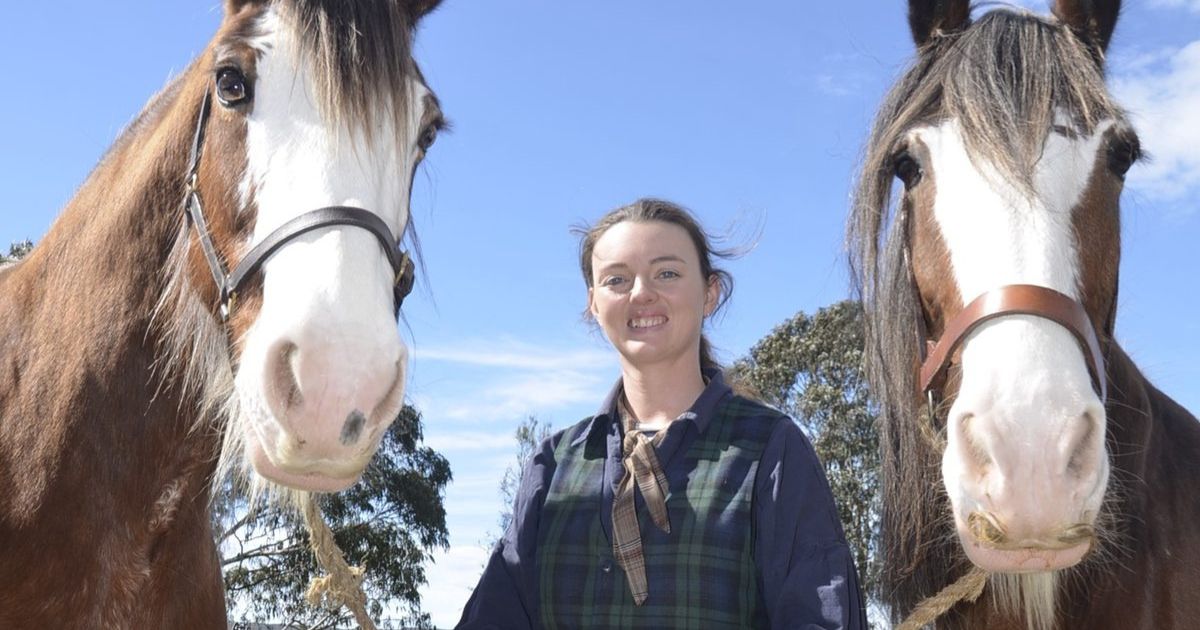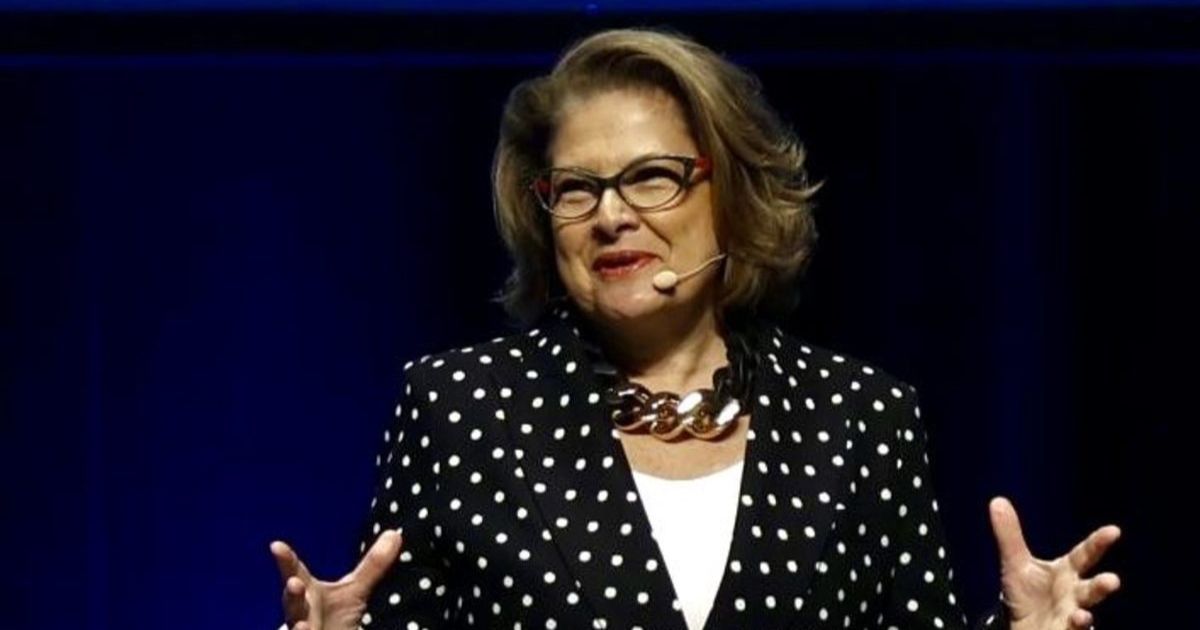Rates rise as property prices boom

Briefing: City of Ballarat mayor Cr Des Hudson discussed rates with media on Wednesday morning. Photo: EDWINA WILLIAMS
RATES notices are expected to arrive in household letterboxes or digital inboxes across the City of Ballarat in the coming weeks.
Mayor Cr Des Hudson gave a briefing to media on Wednesday morning, outlining the various rate brackets for urban and rural residences, commercial, industrial, and farming properties.
Following the adoption of the State Government’s 3.5 per cent rate cap, the City’s rates revenue and budget are set to increase by 3.5 per cent.
“Rates will contribute about $125.2 million to the City of Ballarat in the 2023 to 2024 budget,” Cr Hudson said.
“Individual property rate charges will vary and may be higher or lower than the rate cap depending on property valuation movements.
“The key factor determining the share each ratepayer pays is how their property value has moved in comparison to the average movement of properties in the… local government area.”
Cr Hudson said home valuations have increased an average of 8.01 percent this year, which means the average residential property’s rates will grow by 2.39 per cent.
Rural residential properties are set to see a 13.97 per cent rise in rates, following the average rural residential valuation growth of 16.46 per cent this year.
Commercial property valuations have increased an average of 8.41 percent this year, which means the average commercial property’s rates will grow by 0.42 per cent, however Cr Hudson said 52.44 per cent of commercial properties will see a reduction in rates.
The average industrial property’s rates will grow by 13.19 per cent, after average industrial valuations increased by 23.2 per cent this year, and the average farm property’s rates will grow by 28.33 per cent, after average farm valuations increased by 35.3 per cent this year.
“Rates are an important revenue stream that ensures the community has access to vital services and facilities,” Cr Hudson said.
City of Ballarat ratepayers cover the cost of things like waste services, maintaining roads, parks, gardens, and biodiversity, operating facilities like the Ballarat Aquatic and Lifestyle Centre and libraries, running events like the begonia and heritage festivals, maternal child health services, and school crossing supervisors.
Capital works projects, like the Her Majesty’s Theatre restoration, Ballarat Library redevelopment, construction of Alfredton Community Hub, and revitalisation of Bakery Hill, are partly funded by rates where grants don’t cover costs entirely.
There are $144 million worth of capital works projects underway.
CEO Evan King was present at the briefing and said the municipality “doesn’t make the decision to put up rates lightly,” but costs shift annually.
“If you’ve got inflation sitting at 7.1 per cent and the State Government increases our grant funding at anything less than that… then there is a shift onto the ratepayer,” he said.
“There is obvious cost shifting, and cost shifting by stealth in the end, that just happens, if grant funding doesn’t keep up with inflation.”
Ballarat’s population is sitting at about 115,000 people, and in the 2022 to 2023 financial year, City of Ballarat customer service representatives responded to 80,000 calls and 45,000 digital requests from residents.
Cr Hudson said council officers encourage people to query their rates valuation, and those that need help can apply for rate relief under the Financial Hardship Policy.
“If you are struggling to put food on the table and cover utilities, come to us,” he said. “We have processes there to support people who are in genuine hardship to help them find a way through.”


















